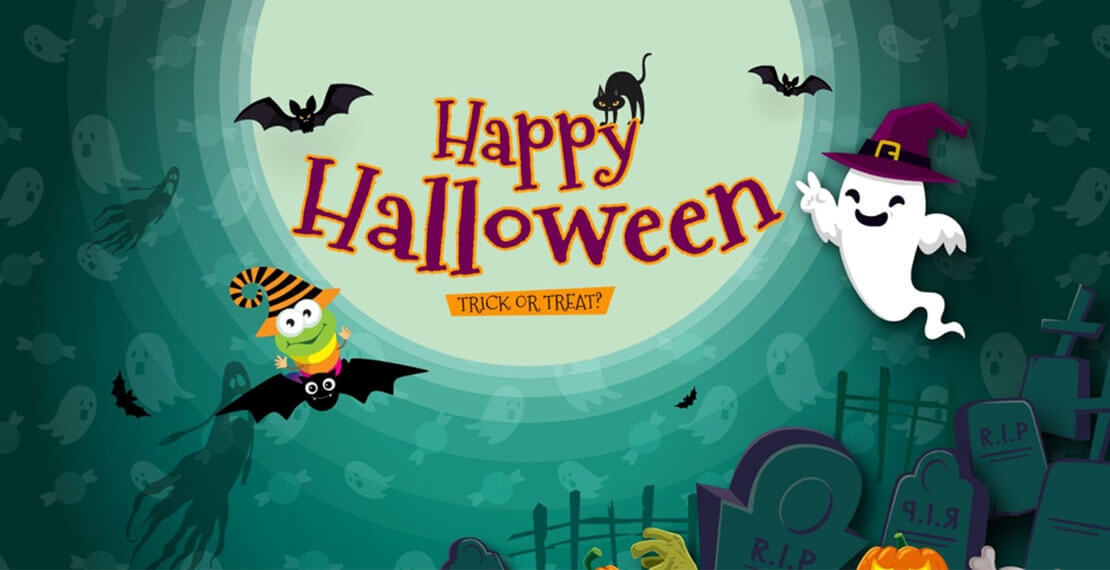Happy Halloween!
Yankang Plastic Machinery and all the staff wish you a happy Halloween!
On November 1st, Spain is celebrating Halloween with the rest of the world. As we all know, Halloween is an American tradition, but after digestion and absorption, it is covered with a strong “Spanish” imprint. Different from the commercialization of “Halloween Eve” in the United States, the same pumpkin lanterns, and “no tricks on sugar,” it is also different from the grand altar and parade in Mexico’s “Death Festival”. Halloween in Spain is more traditional.

So what does it look like? How do the Spaniards celebrate Halloween?
[Forgotten is the last death]
The most obvious sign is that the cemetery looks like flowers – like most countries, the Spaniards will come to the cemetery on this day, clean up the tombstones, and bring the flowers to the graves of their loved ones.

According to statistics, the flowers sold by Spain on this day far exceed Valentine’s Day. The roads around the cemetery are also overcrowded and even require additional traffic control, such as the largest and most iconic Almudena cemetery in Madrid, Spain.
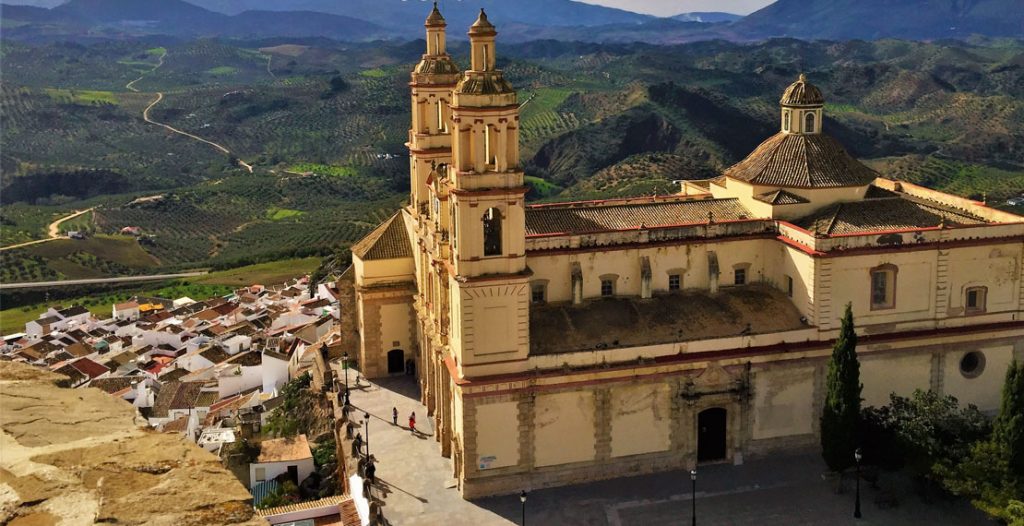
On this day, the church also holds a special mass event to pay homage to the undead and arrange the scene with a variety of flowers and colorful colors.

(If you plan to travel to Spain, try to avoid October 31, because millions of people may already be on their way to the cemetery, congestion will be very serious, especially in the highways of several major cities.)
At the same time, this day is also a statutory holiday in Spain. Many Spaniards will take this opportunity to take a “clear” holiday on the weekend.
However, Spain will not prepare a feast for the dead like Mexico and other Latin American countries. They will eat it themselves.
[Roasted chestnuts symbolizing the soul]
In Spain, if there is no food, it is not a Spanish tradition, and so is Halloween.
Unlike American finger biscuits, small golden pumpkins, and fine Spanish specialties, the castañas are the first: in the cold winter, a hot sweet roasted chestnut is enough to make everyone forget all the unpleasantness.

In addition to the delicious taste, chestnuts play an important role in Spain: before introducing corn and potatoes from the Americas, chestnuts have been the staple food of the Galician region of Spain, known as the “bread of the poor”.
It even affects the spiritual world of the Galician people. They believe that every dried chestnut symbolizes the death of a dead soul into heaven.
In November, Galicia entered the season when chestnuts were harvested, so the locals would choose to hold a party on Halloween, pick chestnuts and bake them, enjoy the fruits of the harvest, drink red wine, and not forget to convey this happiness. To the deceased relatives.
There are also two versions of “Mountain Celebration” and “Urban Celebration”: the former, you can choose to go to the field with friends and family, and the latter is to ignite a huge bonfire in the city square (also grilled by the portable grill).
[Sage’s bones]
Spanish Halloween does not eat candy, but eats “Hueso de Santo”, otherwise your Halloween day experience will not be complete.
Don’t be afraid, this is not really a bone, but an egg-shaped dessert made of sugar, potatoes, almonds, and eggs, wrapped in sweet mayonnaise and other sandwiches called “Holy Bone Roll.”

Don’t look cute, taste good, and now have chocolate, jam, coconut, banana, and other flavors, it also has the meaning: the milky white almond roll symbolizes the bones of the deceased, while the inner yellowish sandwich is ” Bone marrow, this dessert is to remind people not to forget the sacrifice of the saint.
Usually, people bring a bottle of Moscato wine (musk wine) to eat.
[Sister’s puff]
There is also a must-have dessert for Halloween, which the Spanish call Buñuelos de Viento (literally a gust of wind), a puff that is sprinkled with sugar or cinnamon.

It is said that the nuns at the time made this fried pastry filled with whipped cream, chocolate, or other creams, and the soul who had eaten the dessert could be saved from purgatory.
This dessert has existed since the 17th century, and the chef of King Philip II mentioned this dessert.
[Food: There is also a dance party in the market]
Of course, the Spanish Halloween food feast, stop these, sweet potatoes, hazelnuts, pine nuts, avocados, olives, sausages, squid, soy sauce snails, corn dough, fine wine…


On the eve of Halloween, in Cadiz, Andalusia, these rabbits, pigs, melons, pears, bacon sausages are even dressed up, cosplay’s latest financial, political or social scandals and roles, even special The jury selected the winners according to the categories of vegetables, fruits, and meat.
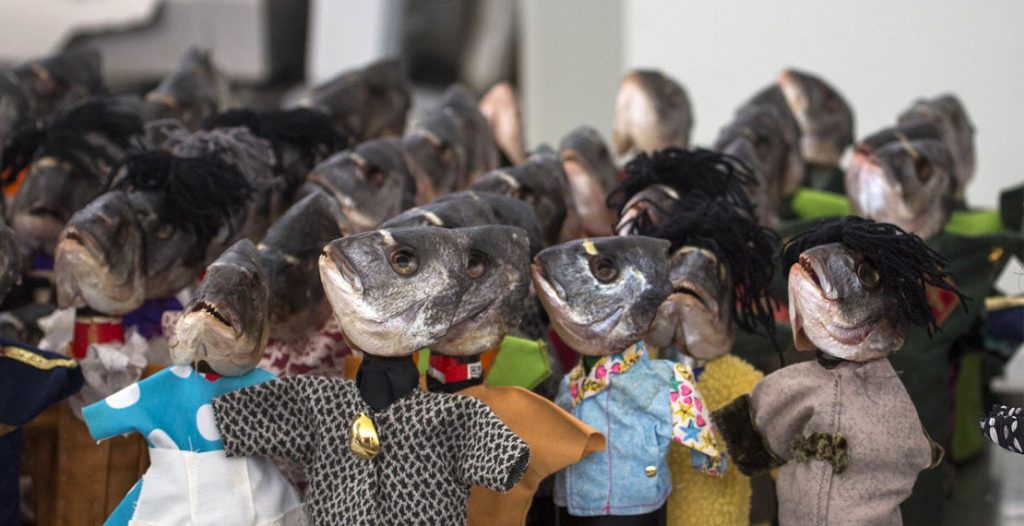
This is the grand “Concurso de Exornos de Puestos”.

Of course, these award-winning vegetables and fruits can not escape the fate of being made into food. After all, food is the protagonist of this market.
[Don Juan Night]
In addition to eating, Halloween in Spain, you can also choose the ancient Alcala Bishop’s Palace built in the 13th century, quietly watching an open-air drama “Don Juan Tenorio”.

The character of Tang Yin originated in Spain. The drama was based on the work of the 19th-century Spanish writer Heather Soria, “Tang Yu”. In the play, the aristocratic dude Tang Yan and others bet to see who is hooked up in a year. The most children, he hunted countless, omnipotent, even dive into the monastery to deceive and occupy the nun Doranas, and killed the nun’s father Gangsaro. However, I don’t want to smash the ghosts of Gangsaro. In the cemetery, I’m going to chase and intercept the Tang dynasty and extend the “Hand of Death” to him, eventually pulling Tang Yan into hell!
Playboy, love and hate, duel, cemetery, soul, devil….. These elements seem to be the most suitable theme for Halloween.
[Witch is not close]
If this is not enough, you can also participate in the two-day charming witch festival.

The locals called Fira de Les Bruixes to commemorate the 23 women who were sentenced to death in the inquisition for witchcraft.
During the period, people dressed up as witches, crossing the streets and streets of towns and villages. Dancers, street artists, and stalls offer everything from local cuisine to handicrafts and tarot cards.
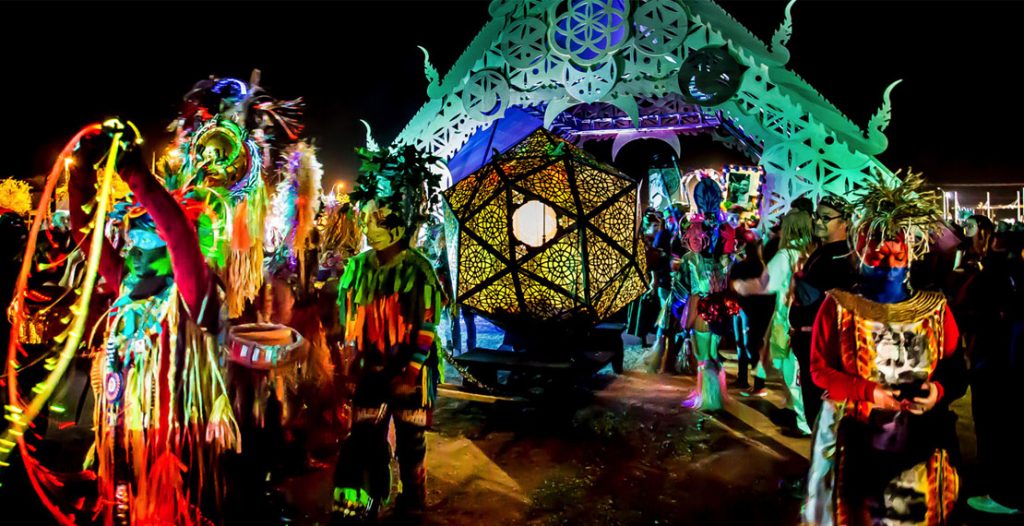
However, today’s Spanish Halloween parade is more than a witch’s role, and there are all kinds of weird characters, from ghosts and werewolves to zombies and vampires. It must be said that the inspiration for books, TV shows, and pop culture is still huge.
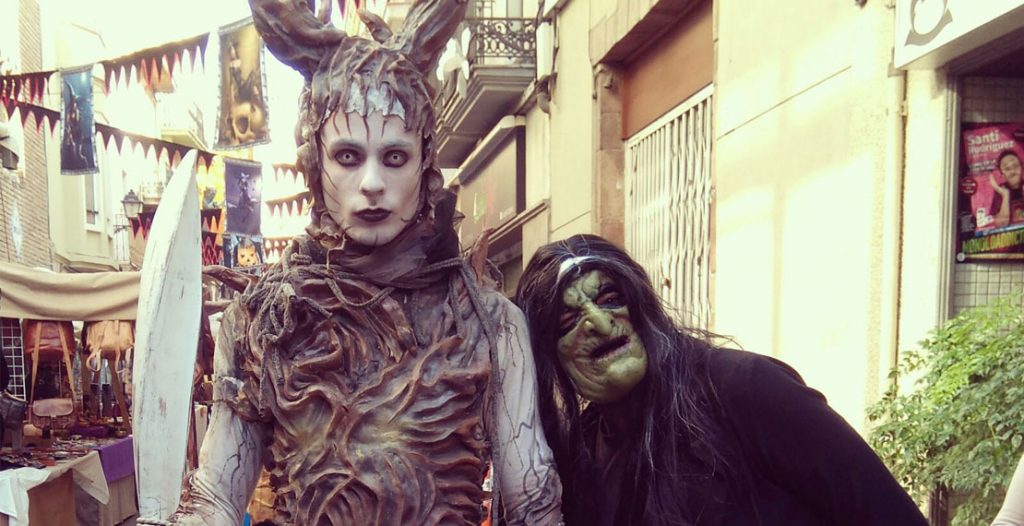
If you feel frightened, try the Quemada, which is usually made from brandy, unroasted coffee beans, sugar and lemon zest, or orange peel. Legend has it that after reciting the Halloween crack spell, drink Quemada, and any monsters and ghosts can’t enter the body.

You can also get a little more gas, walk to the street with a jar full of paste, and lock the house so that you can scare away ghosts and ghosts. However, the next morning, cleaning the lock was a bit of a headache.
So, how about your Halloween!
[Halloween Tips]
1. All Saints Day was celebrated on November 1st on the first Sunday after Western Christianity and Oriental Christian Pentecost.
2. In May 609, Pope Boniface IV celebrated the first Halloween in Rome.
3. Pope Gregory IV set Halloween as a holiday in 837.
4. The theme of Halloween is white.
5. Symbolic images commonly associated with Halloween include saints, crowns, the hand of God, and a bundle of wheat.
6. The songs that are commonly sung on Halloween include “I Sing a Song of the Saints of God”, “Sine Nomine” and “For All the Saints” (For All the Saints).
7. Shakespeare called Halloween Halloween.

